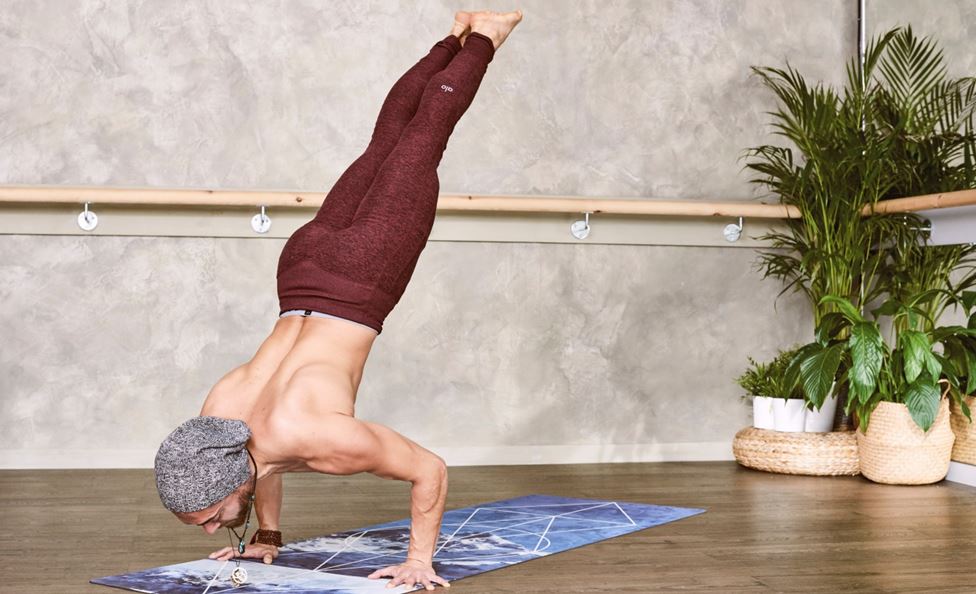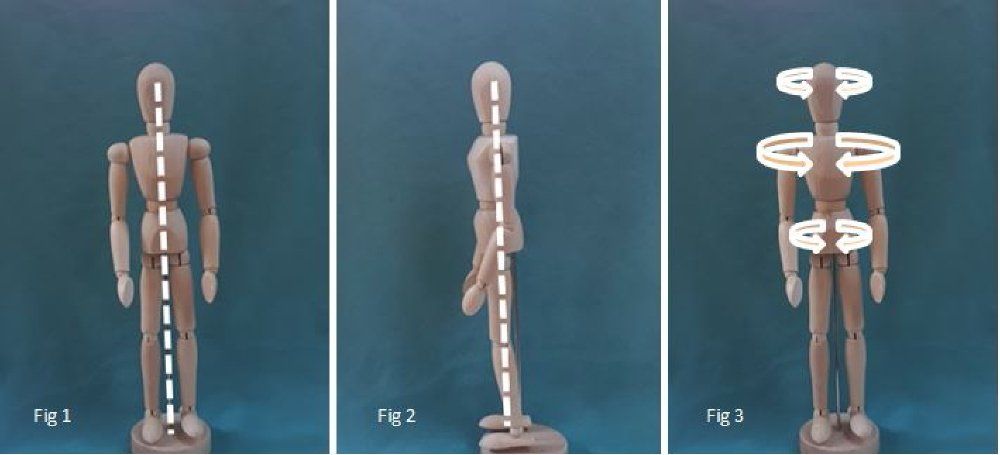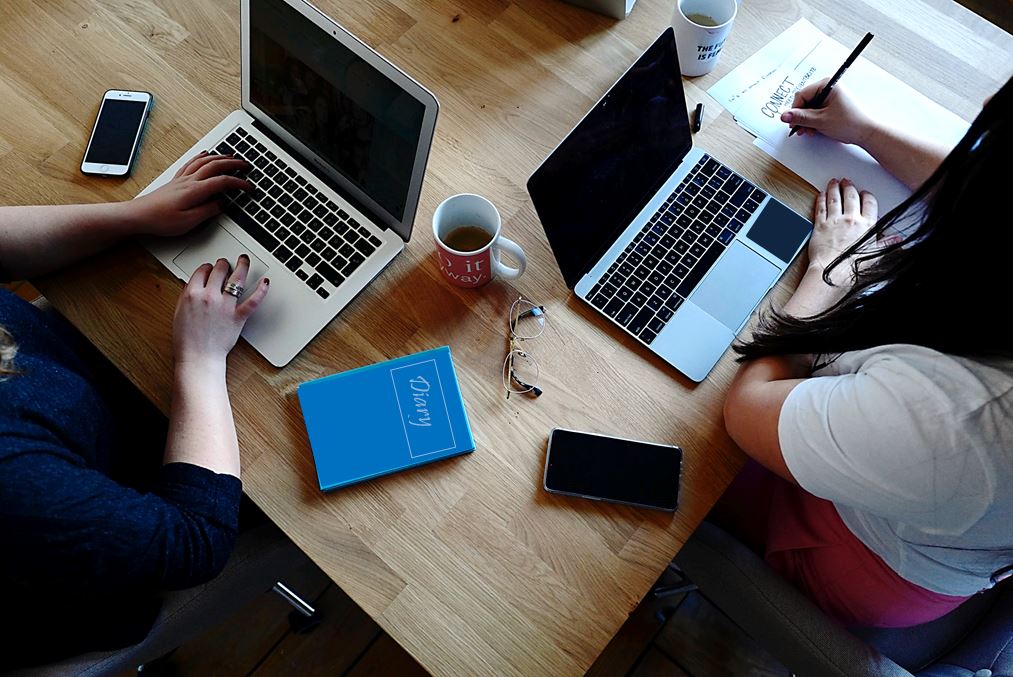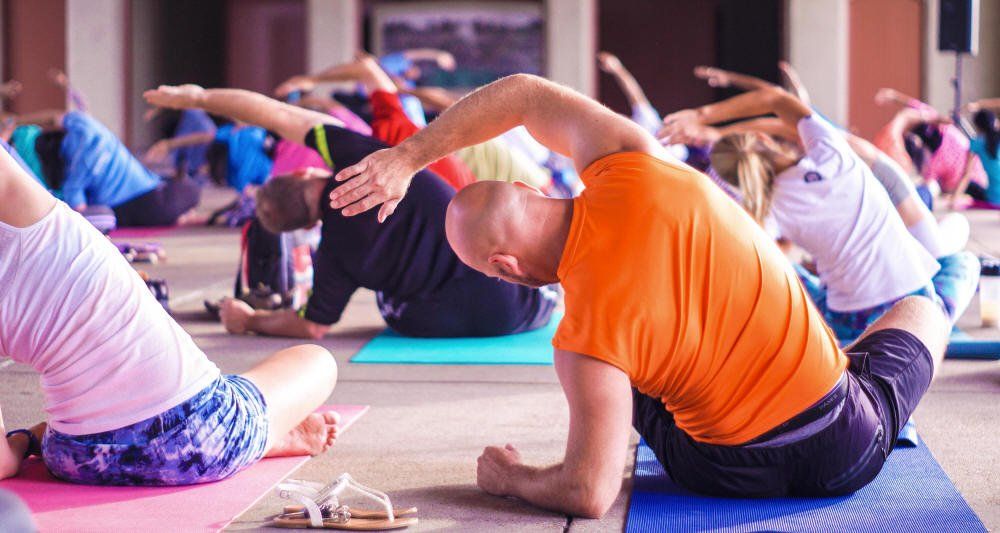A few steps that won't feel like exercise!
You don't need to 'exercise' to improve your posture
Ever heard the following excuses for not doing exercise: ‘I don’t like sport’; ‘I don’t have time’; or ‘I don’t know where to start’? I’ve been looking for ways to get people moving better and what better way than incorporate movement into everyday life, so it doesn’t feel like exercise!
I decided to look at what we normally do throughout the day and see if we can make small changes that in time will become our new norm. Here are some really basic tweaks that will have a long lasting effect.
Take standing, walking and sitting. These are normal, everyday events for most people: we either learnt them by copying others or just by giving it a go back in our childhood days: we don’t often think about how we actually do them, until we can’t do them anymore or have to relearn them.
From my own experience, I had to relearn how to walk at the ripe old age of 36, after sustaining an injury! We were fortunate enough to go skiing and on the penultimate day I took a tumble! I know it’s a dangerous sport and many would say I knew what I was getting into by going in the first place, but, the injury I sustained could have happened to anyone, maybe by simply falling over in a car park. I’ll spare you the gory medical details, but internal tissue damage affected my outer hip muscles so much I eventually had to have surgery, followed by physiotherapy to learn how to re-educate my muscles to walk again. I saw this in a positive light, since I could iron out all the mistakes and bad habits I’d picked up over the years.
My recovery to get back up and walking again made me think of how much we take for granted. Perhaps we should start being more aware of how we move and correct any minor issues before they become a problem!
Back to my subject: my ethos is that if you work on everyday occurrences you fit better posture into your life rather than putting it off because it's something you do when you exercise. And for regular exercisers, rudimentary amendments could prevent future injuries.
So here are some pointers for you to take into your everyday lives. The more you practice the more it becomes a habit and less like hard work or EXERCISE!
Standing Still
Walking Tall
Sitting Stacked
Our sedentary lifestyles mean most of us sit for far too long: working at our desks, watching television or socialising. We sit slumped in our chairs with our knees or ankles crossed, round-shouldered from reaching for the mouse and our chins poking forward to stare at the screen. The posture we adopt in sitting is therefore becoming more and more important.
We have evolved to be an upright species, walking on our hind legs: the lower part of our backbone, for example, is thicker at the bottom to take the weight of the upper body. If we veer away from that upright position it puts undue pressures on our skeleton and soft tissues. Our head, for example, weighs between 10-12lb (about 5Kg): for every 1/4” (6-7mm) we lean forwards we add an equivalent of 2 x 2lb (approx. 2 x 1Kg) bag of sugar to our chin – that’s making our head up to 40% heavier! Think what that does to the tension in your back muscles trying to hold your head upright – no wonder we get back ache!
Making sure elements of our bodies are stacked on top of one another when sitting allows a more balanced stance, where no additional weight is pulling our backs into unnatural shapes. So, what do I mean by sitting stacked?
If you think of your head, shoulders, ribs and pelvis as four cylinders, these need to be neatly balanced on top of one another (Fig 3). Sit comfortably with your weight evenly distributed between each cheek. Think of that Helium balloon gently raising your head upwards. Working up from your bottom, check your ribs are central to your pelvis (side to side and front to back). Your shoulders then need to be central over your ribs; and your head central to your shoulders. This puts your back in a lovely neutral position, so it doesn’t tire so quickly. You will still need to get up and walk about every 40 minutes to keep the circulation going, but this posture will make you more comfortable whether you are sitting, standing or even walking around.
See how you can incorporate these small steps into your life to improve your posture without having to EXERCISE!
What are your reasons for not exercising?
